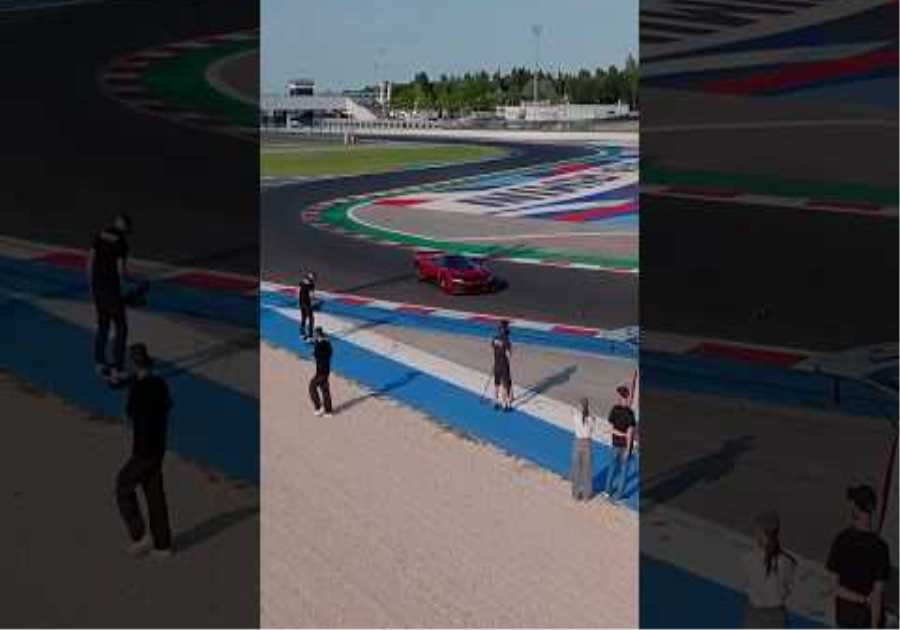
McLaren has sold part of its historic car collection in a bid to raise cash needed to upgrade its Artura supercar.
The Woking-based company was hit particularly hard by the pandemic, but before that it faced a financial crisis when it needed to find $333m (£271m) to buy-out Ron Dennis’ stake in the company.
To raise the money, it issued a Sterling bond of $450m (£367) and a $250m (£200m) Dollar bond traded on the international stock exchange.
The money raised not only allowed McLaren to ‘pay-off’ Dennis but to also refinance other debt and repay shareholder loans.
The bonds were secured on a number of assets including its intellectual property, the Woking technology center and its collection of historic race cars.
Heading into 2020 things were looking good, indeed the Woking-based company intended reducing the number of road going cars it produced in a bid to make them more exclusive and thereby desirable.
However, with the onset of the pandemic, in the first three months of 2020 the company sold just 307 cars compared to 953 in the same period the previous year – somewhat ironic when you consider the ‘exclusivity’ angle.
Revenue fell by $217.7m (£177m) to $136.2m (£111m) while its pre-tax loss accelerated by 600% to $165.6m (£135m).
That was just the start however, for McLaren still needed to pay the bills for the cars built before the pandemic began and in its desperation sought to release the security on its property and car collection in order that it could sell them or secure another loan.
Understandably, this led to a legal challenge from the note holders who had bought the bonds.
It was a very messy and worrying period for the McLaren Group who warned the note holders that the company faced insolvency if it wasn’t allowed release the assets from the security and sell them or secure a new loan on them.
Eventually, there was an injection of cash from Bahrain’s Mumtalakat group, which already owned a sizeable stake in the McLaren Group, and a $150m (£122m) loan secured with Bahrain’s national bank.
Almost a year later there followed a £185m ($226m) buy-in from MSP Sports Capital, a consortium of US sports investors, which gave it a 15% stake in the racing division which would increase to 33% by the end of 2022 .
McLaren also sold its iconic Woking HQ and leased it back on a long-term deal.
“We were fighting for survival,” Zak Brown said at the time.
While, in the wake of such a severe financial scare, one might have expected McLaren to ‘tighten the purse strings’ it actually went the other way, diversifying into Formula E and IndyCar.
Nonetheless, at the start of 2022, Brown told The Race that McLaren was in “super strong shape”.
“We’re back to having the level of resources that you came to know McLaren to have,” he said. “We are now fiscally one of the big four.
“When I started it drove me crazy,” he admitted, “we were talking about the big three, the big three, the big three. And it was like, the McLaren I knew growing up was like the big one! Or it was us and Ferrari.
“I can comfortably say, while we have some catching up to do with all of our technologies, there’s no resources that the other three (Ferrari, Red Bull and Mercedes) don’t have,” he insisted.
All of which makes it surprising that McLaren has now sold part of its iconic car collection.
The money was apparently needed after the company identified “certain technical upgrades” on its Artura plug-in hybrid that was causing delivery delays.
The cars were sold to Mumtalakat, which owns a 60% stake in McLaren, and which agreed a further $123m (£100m) in support.
According to McLaren’s 2021 annual report, the collection included 54 rare F1 cars and supercars, and while a spokesman confirmed the sale in return for the cash infusion, they refused to give insight in terms of the cars sold.
“We are in active talks with all shareholders regarding a recapitalization of the group,” a spokesman told Automotive News, indicating that the additional funds will not be enough.
In the nine months to September, McLaren reported a loss of $247m ($201m), compared to an $84m (68m) loss in the same period last year. Liquidity was down to $106m (£86m) from $208m (169m).






